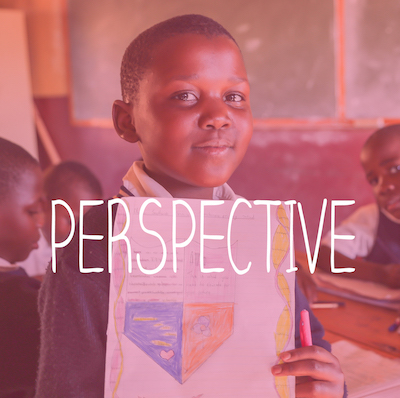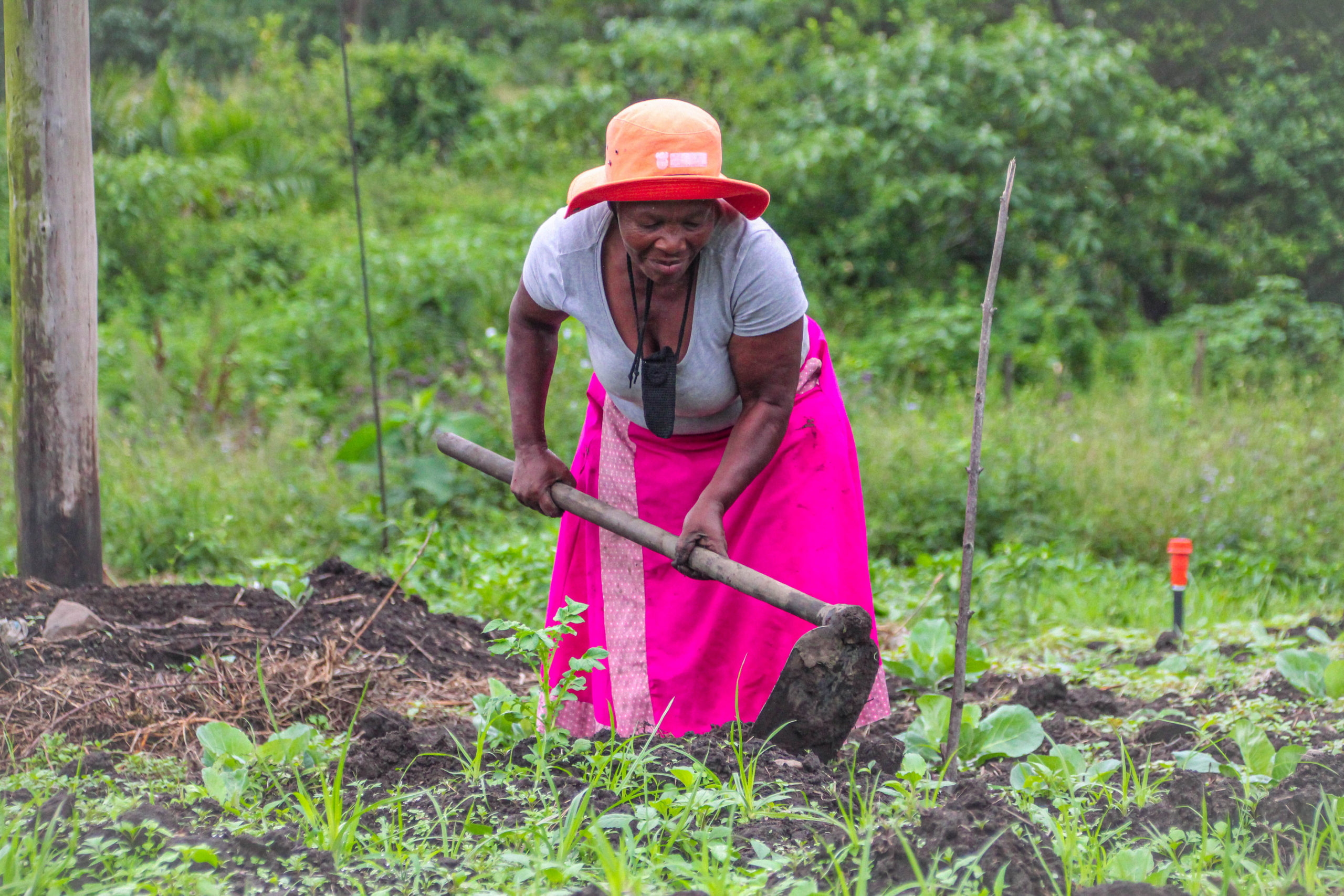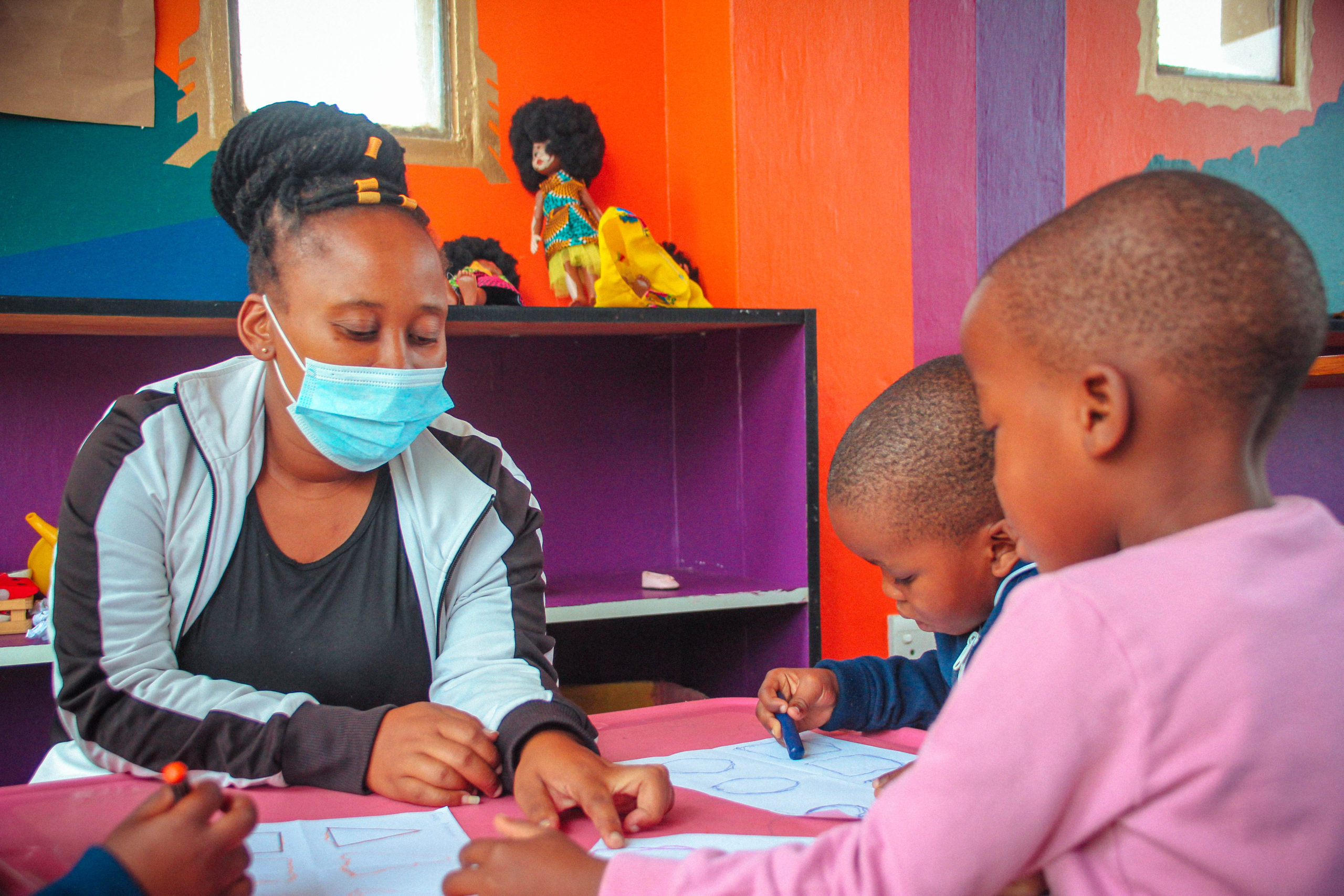Our world is changing. Technology connects continents, people, cultures and ideas like never before. Within seconds, we hear about triumphs or tragedies nations apart. This is the world we live in. This is the world our children live in. And “With great power comes great responsibility.” Our responsibility is to try our best to understand our world and the people in it. That understanding develops our perspective. So… how can we, as educators, introduce the concept of perspective in the classroom and why is it important? Through perspective, we give children the ability to compare their situation to others, understand interdependence amongst people, and place themselves as global citizens.
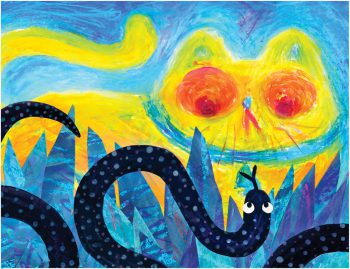

Students read They All Saw a Cat by Brendan Wenzel whose illustrations portray different biological perspectives of seeing a cat through various animal’s eyes. We ask participants, what does that mean for how each animal sees the world?
The Universe & Us
A facilitator training session we always come back to explores the photograph, Pale Blue Dot, by Scientist Carl Sagan. It is a photograph of planet Earth taken by the Voyager 1 space probe from a record distance of about six billion kilometers away from Earth. In the photograph, Earth’s apparent size is less than a pixel – the planet appears as a tiny dot against the vastness of space. Our Education Director, Tyler Howard, explains the idea Carl Sagan had about taking the photo in the first place, that seeing the Earth’s size relative to the vastness of space gives perspective to our place at the centre of the universe. In Sagan’s own words “The Earth is a very small stage in a vast cosmic arena”.
For some, the recognition that we are on such a small stage may be humbling, but on the flip side, we are also the only life we know of in this huge universe – thus we are unique and special. We discuss how it makes us feel, and how and what it is communicating. Ultimately, the picture may evoke different feelings and thoughts for everyone – there is no wrong or right way to feel or think about it. The point is however, that our facilitators are required to think and it challenges all of our perspectives. Furthermore, looking outward at space allows us to view ourselves as the global species that we are.
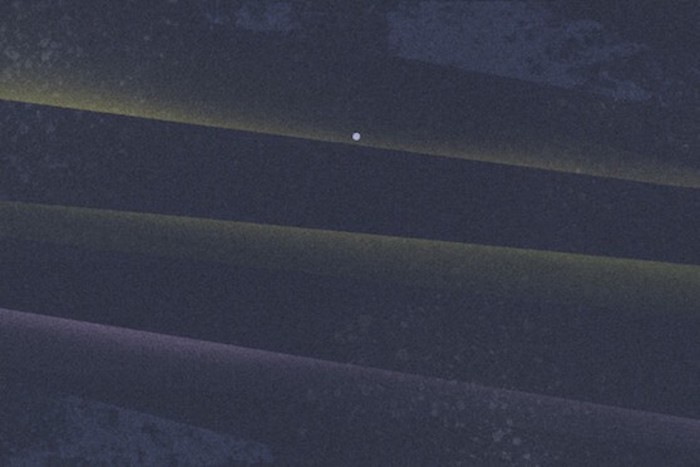

Another recent example of exploring space and time occurred just last week in class when we read the story Life on Mars, a book that immediately evokes questions of false perceptions and how our attitude can affect those. See our video detailing Life on Mars activities here.
Who We Are & Who We Think We Are
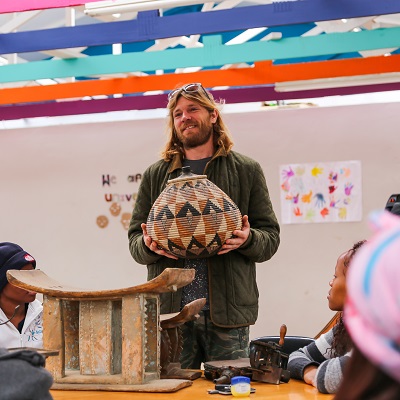
From a young age, most of us are taught into a particular, rigid way of thinking. School history textbooks tend to focus on a nationalistic-centered curriculum (for example, anyone reading this in Europe or America, how much time did your education focus on African history and did you ever hear of the richest known man in history, Mansa Musa?). As children, we are also encouraged to believe that our perspectives are superior. At Thanda, we show our participants that people are just like sand or snowflakes, each have their own design and uniqueness. Therefore, no two perspectives will be exactly alike. Our Creative Learning Curriculum teaches perspective through books, movies, history, artifacts, current events and art. The movie Brave helps us learn about Scottish history and participants make their own Scottish crest. We read and watch Thor to learn about Viking culture and compare it to Zulu culture – discussing everything from the weather and geography to food and clothing. It can be both empowering and discomforting to make these connections to our own cultures.
How can something so subjective be taught? A photographic series, A Study of Perspective, produced by artist and social activist Ai Wei Wei shows his left arm extended forward with the middle finger raised to landscapes and backdrops from around the world. The series demands that viewers challenge their own unquestioning acceptance and adherence toward governments, tradition, or any institution. His images show a very poetic use of irony. To be able to see the need for a series like this in our world, you must already have an open perspective and be able to think independently.
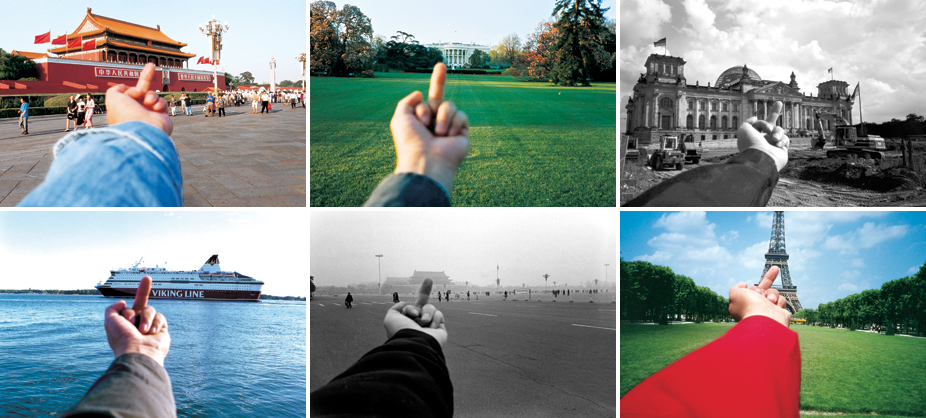
Seeing a Better World
In a more simplistic way the story above, They All See a Cat, teaches children that everything has its own eyes. In other words, we (including all living things) all see the world slightly differently and our vision is shaped by many factors: what we need to survive, our past experiences, our education, our emotions, etc. Thus, when conflict arises, we should practise using different perspectives to come up with the most productive solution for everyone. Through group projects and teamwork, we encourage children to consider what experiences might cause their peers to think or react in a certain manner, as we believe that truly understanding the varied experiences and beliefs of other people make it more difficult to feel hatred or act hurtfully toward others.
Teaching children perspective is important for resiliency because you understand how much perceptions vary from person to person. Practising adopting different viewpoints can assist in critical thinking, develop better self-esteem and lead to an all-around more creative being. It is easy to be concerned with ourselves, our needs and the happenings in our community, but a personal and intentional connection to the world broadens our perspective and provides us with ideas to create positive change that impacts others. Ultimately, the goal of teaching perspective is to eliminate an “us” versus “them” mentality and sensitise children to differing perspectives. Thus, the world becomes smaller and you become part of a community much bigger than your own. No matter our age, we all share a destiny and can all contribute to a better world.


